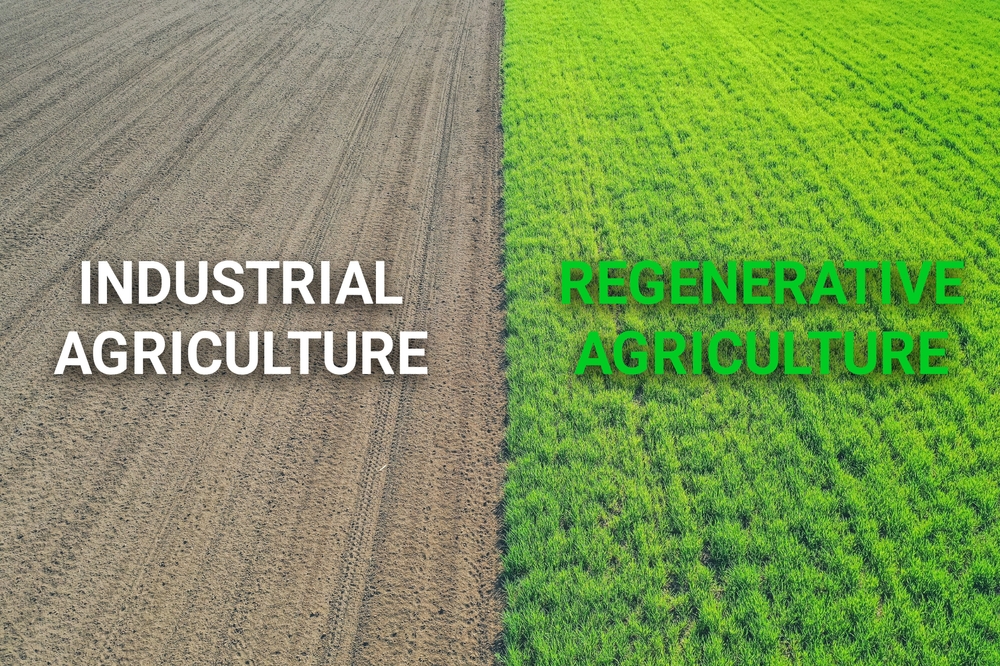Source: Ag Tech Navigator
A European study by the European Alliance for Regenerative Agriculture (EARA) assessed 78 regenerative farms across 14 countries, covering over 7,000 hectares from 2020 to 2023, and compared them with nearby conventional farms. Using a new Regenerating Full Productivity (RFP) index, regenerative systems scored 32% higher on average, with gains ranging from 14% to 52%.
While crop yields were only slightly lower (2%), regenerative farms significantly reduced inputs—using 61% less synthetic nitrogen and 76% fewer pesticides. They also relied entirely on locally sourced animal feed, in contrast to conventional farms, which imported around 30%. Ecological benefits included 24% higher photosynthesis rates, 23% more soil coverage, and 17% greater plant diversity, all contributing to improved resilience and soil health.
EARA asserts that regenerative farming challenges the idea that high-input agriculture is essential for food security. Practices emphasized in the study include cover cropping, agroforestry, holistic grazing, and microbiological fertilization.

